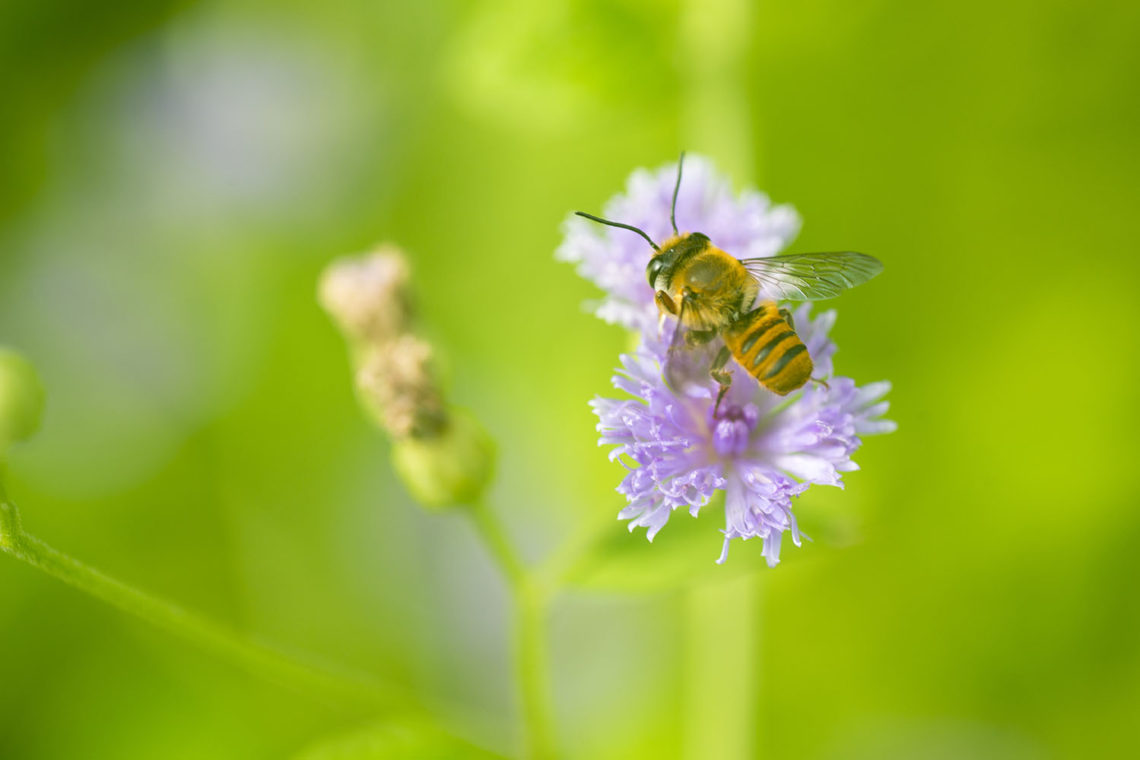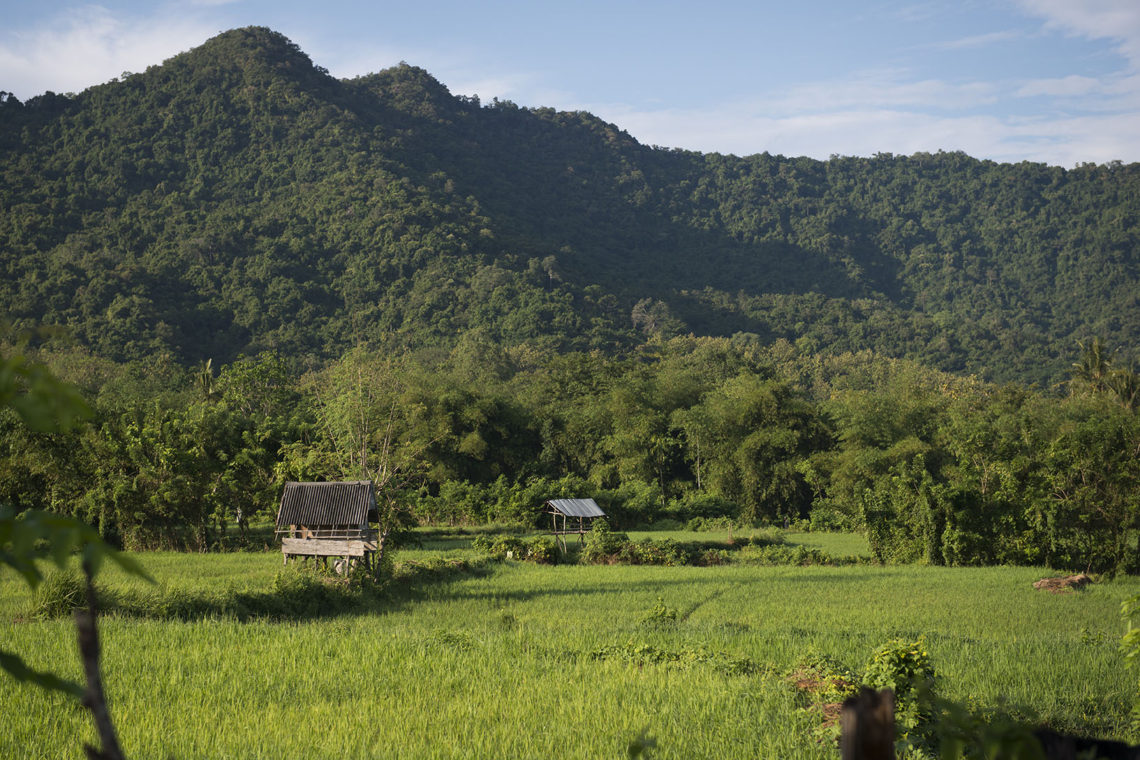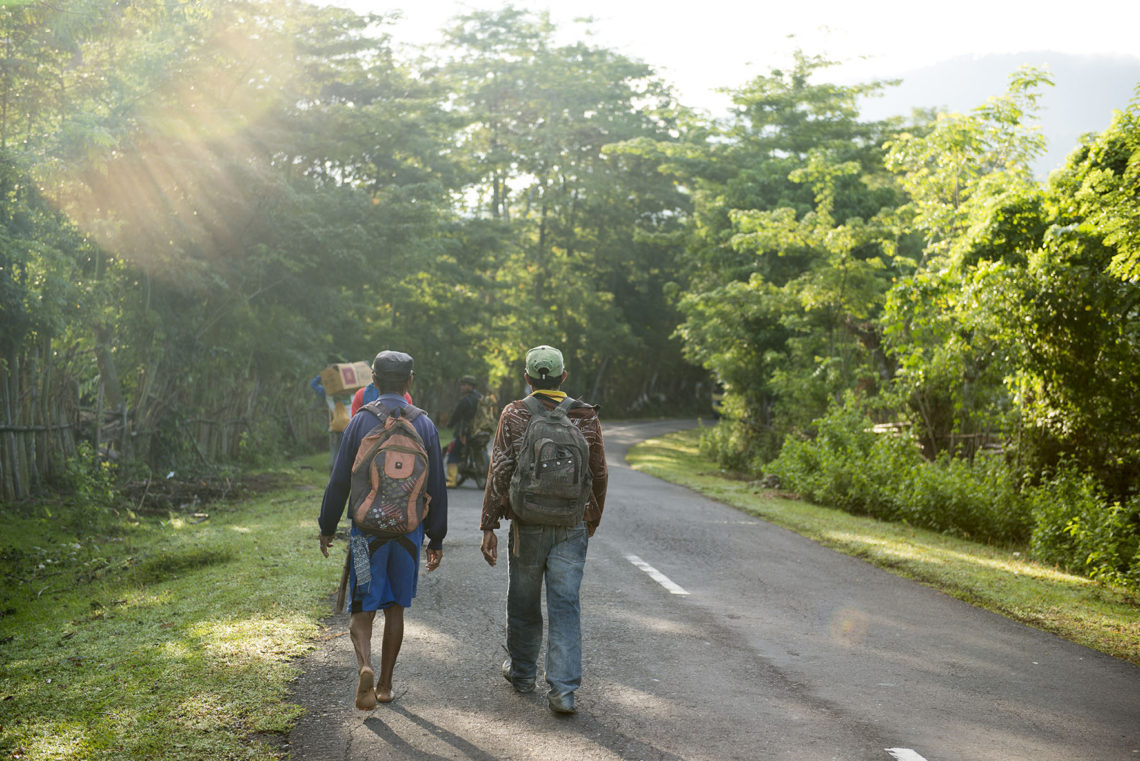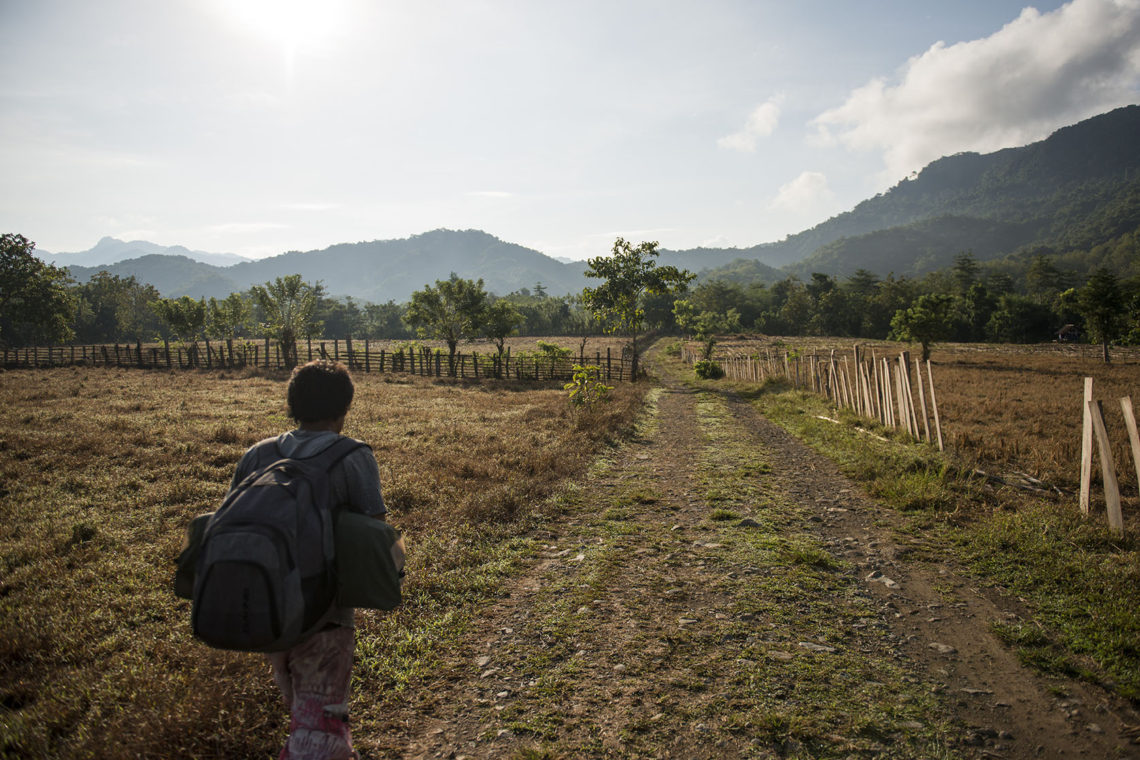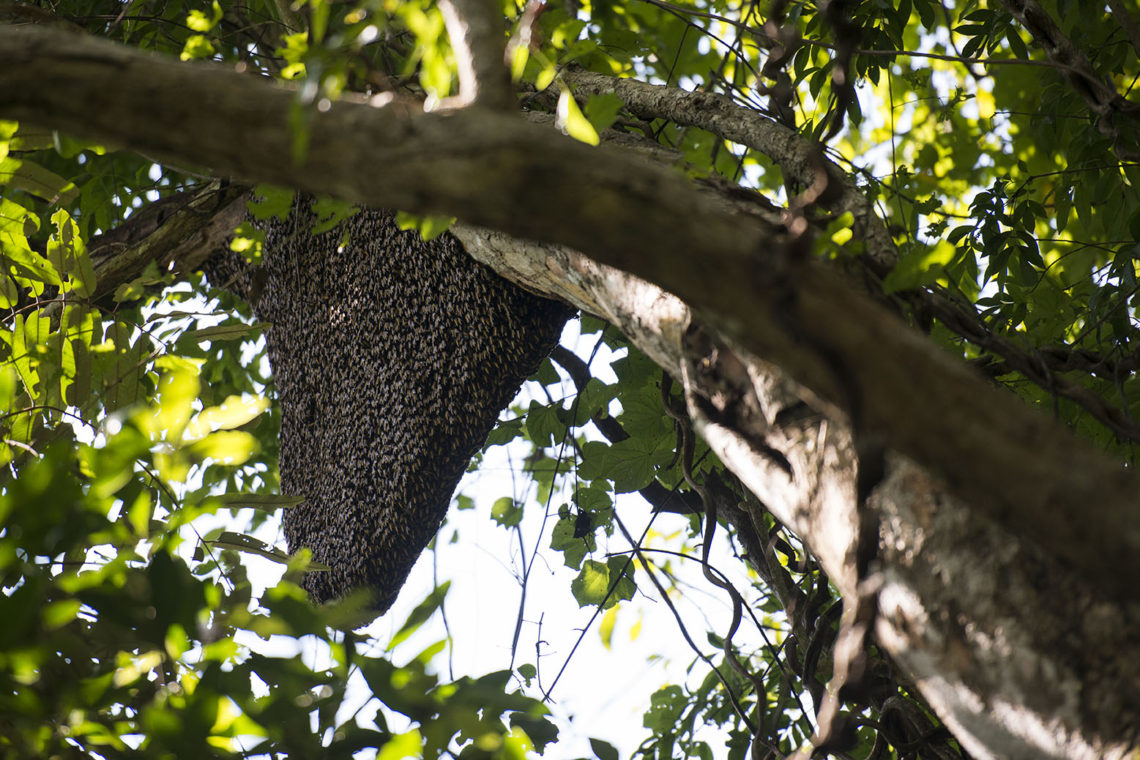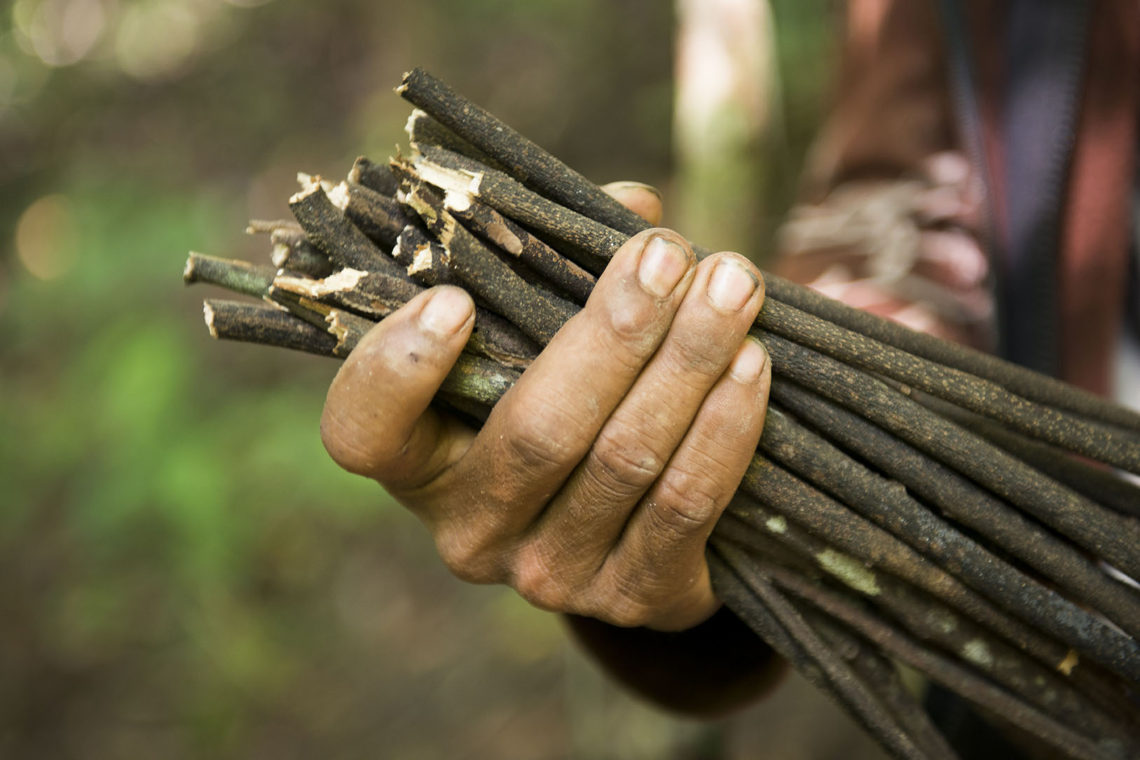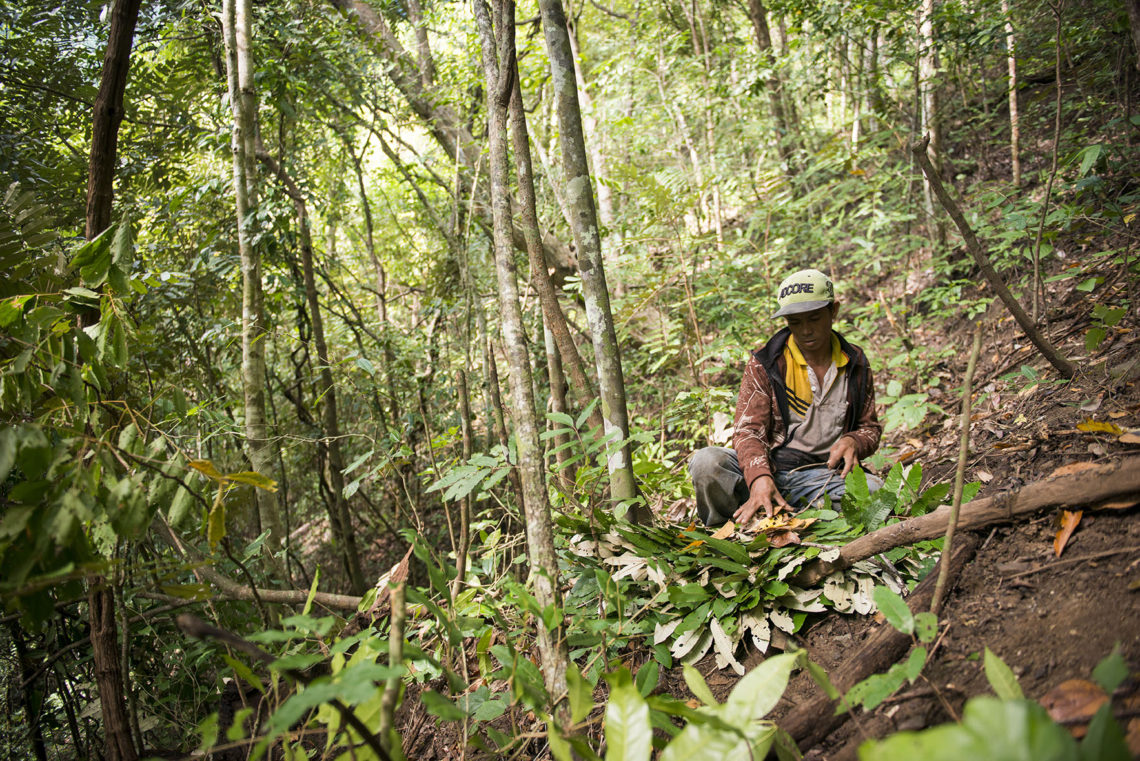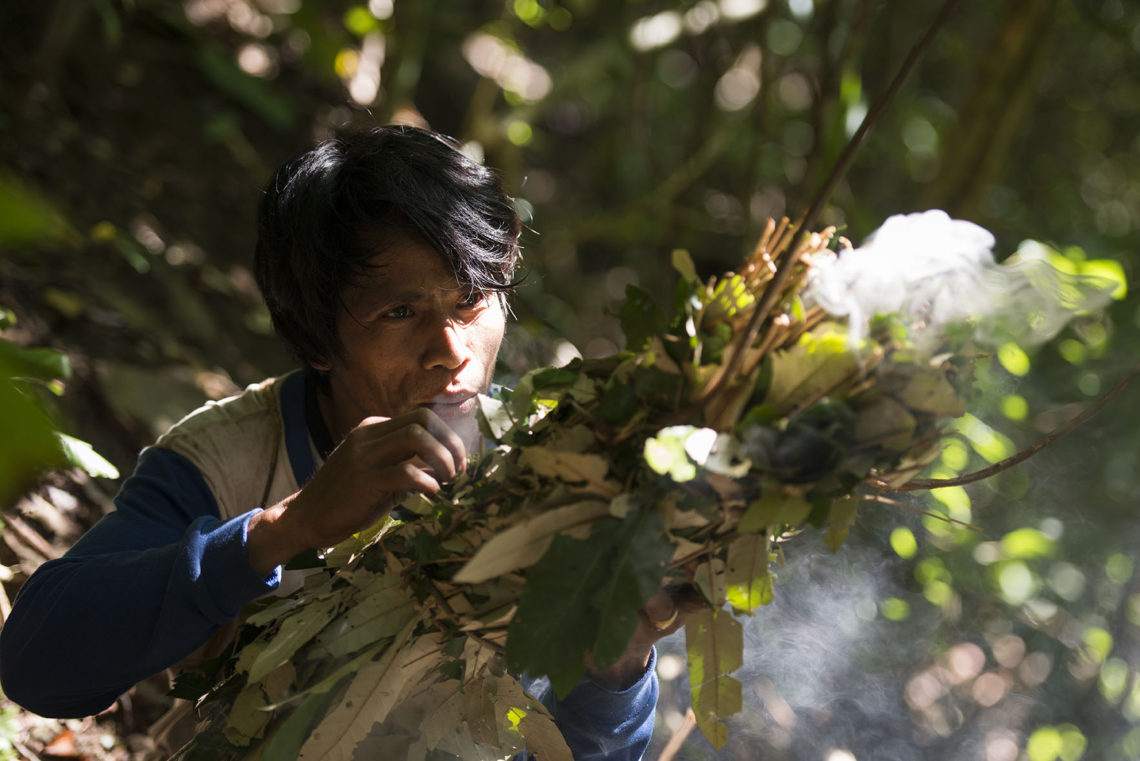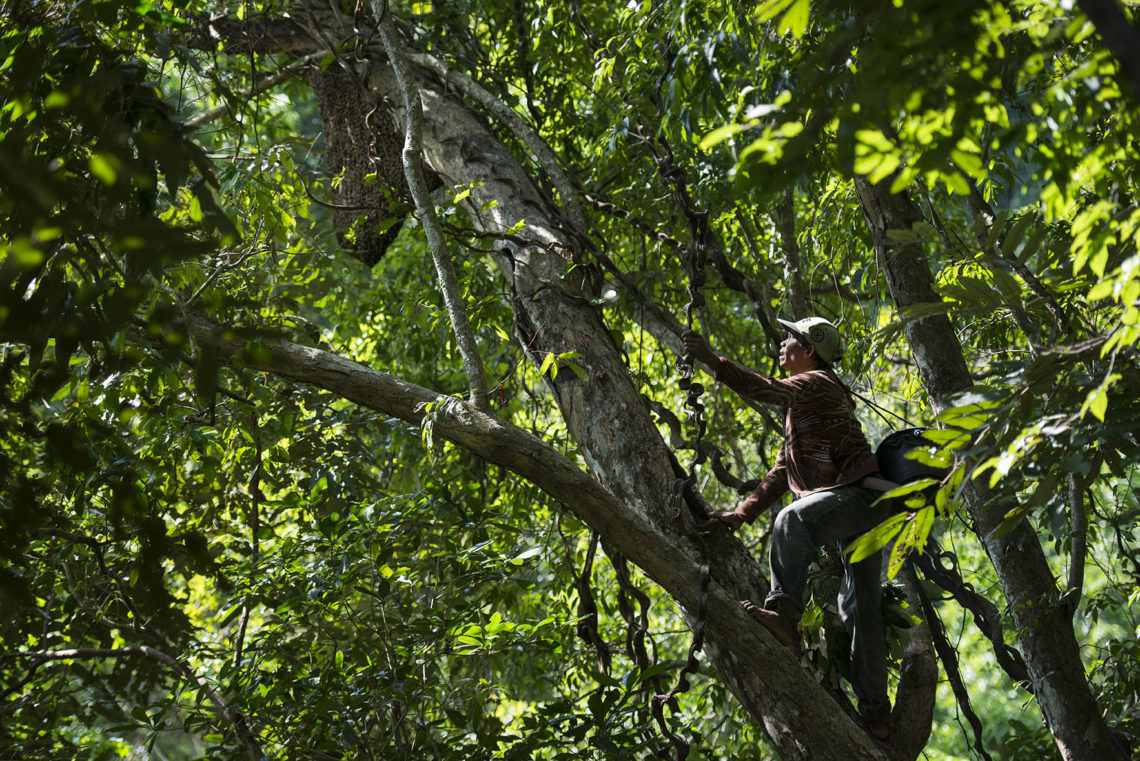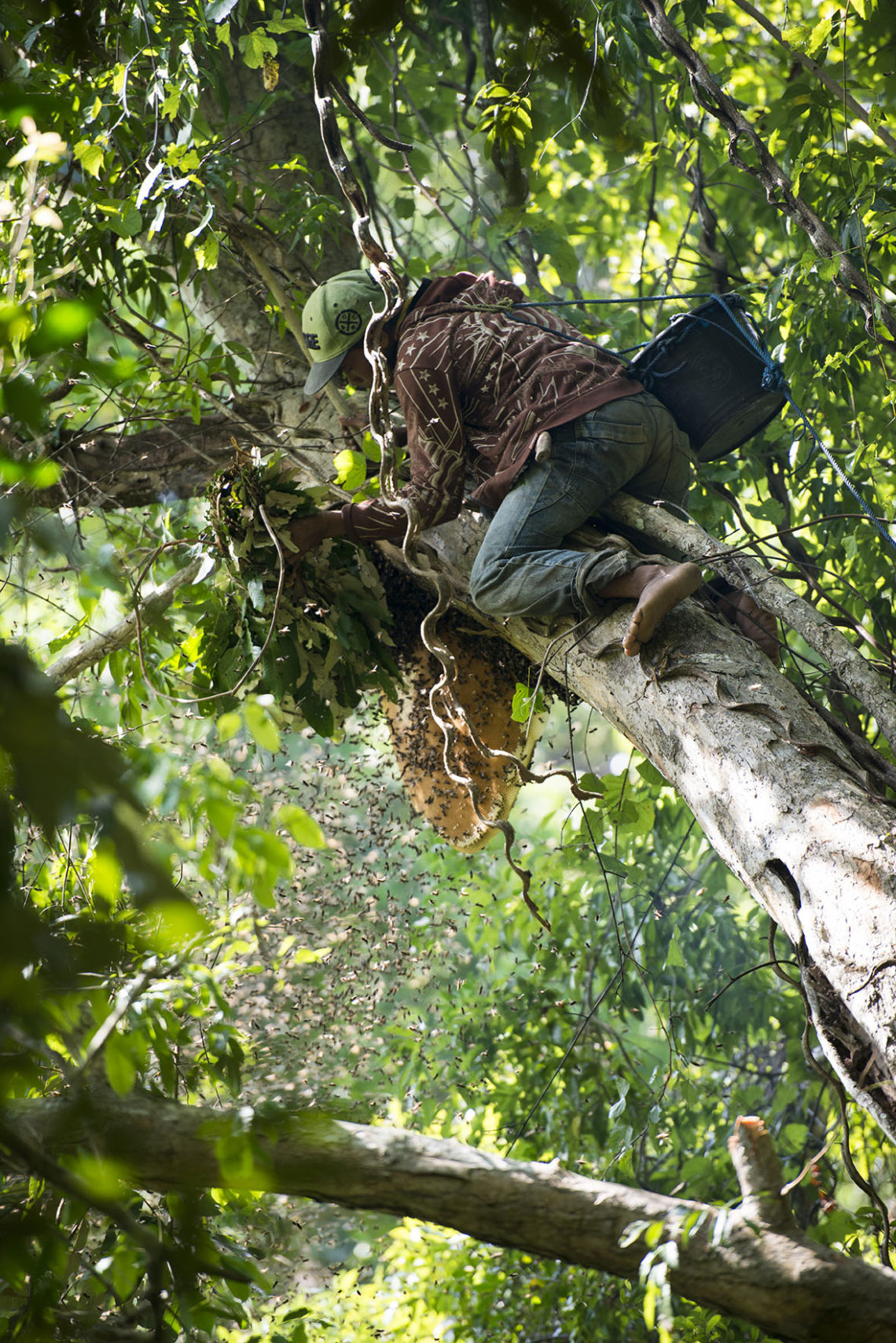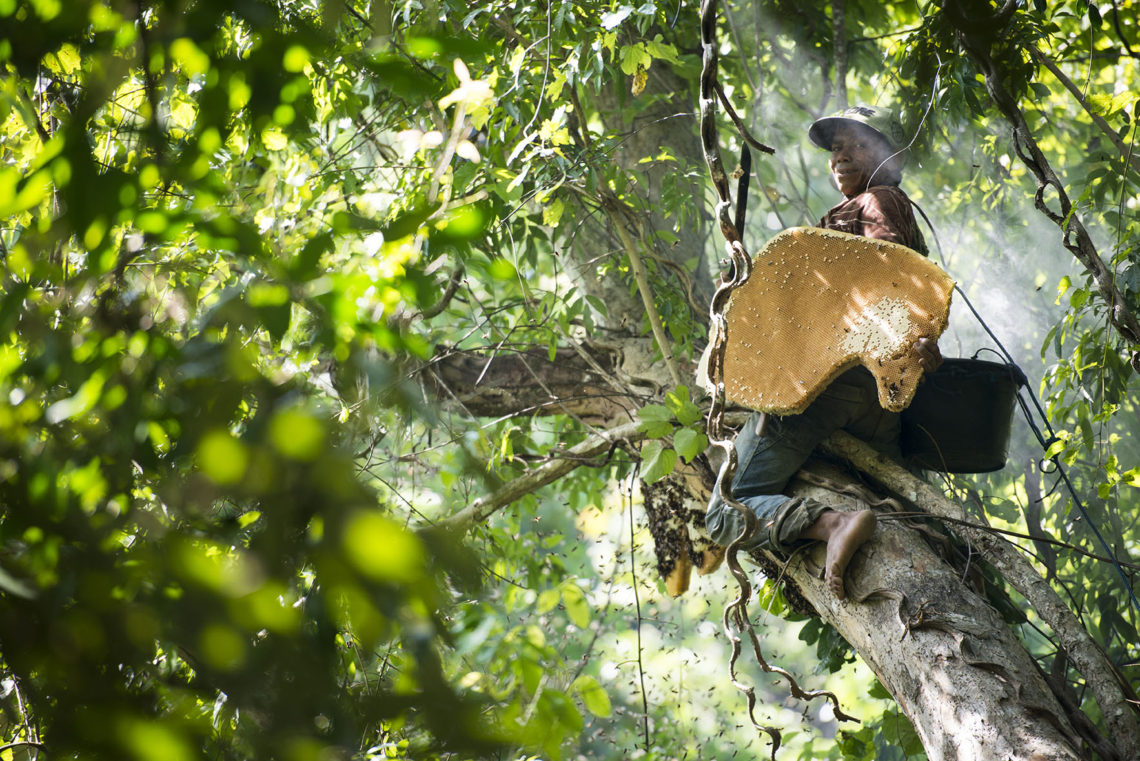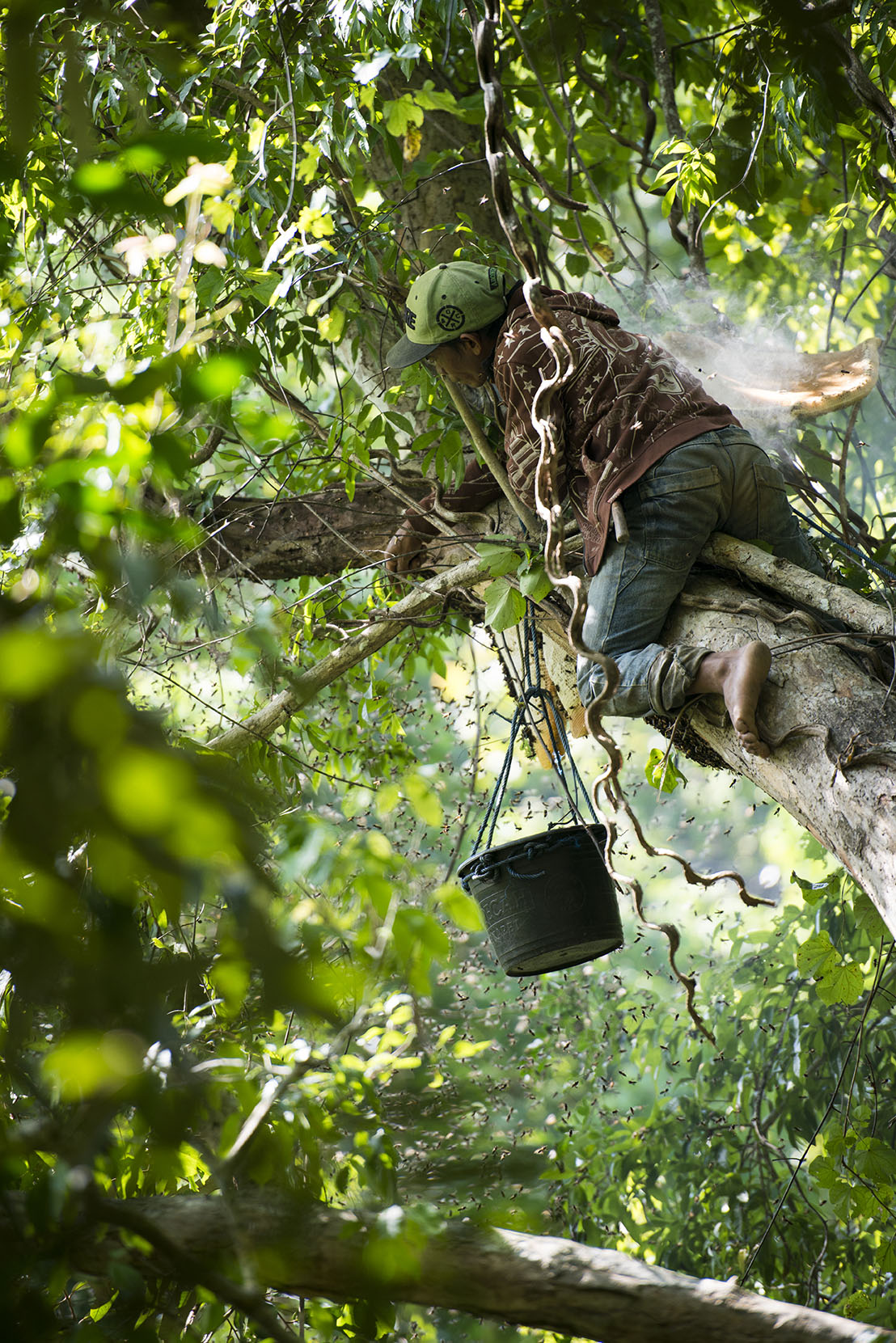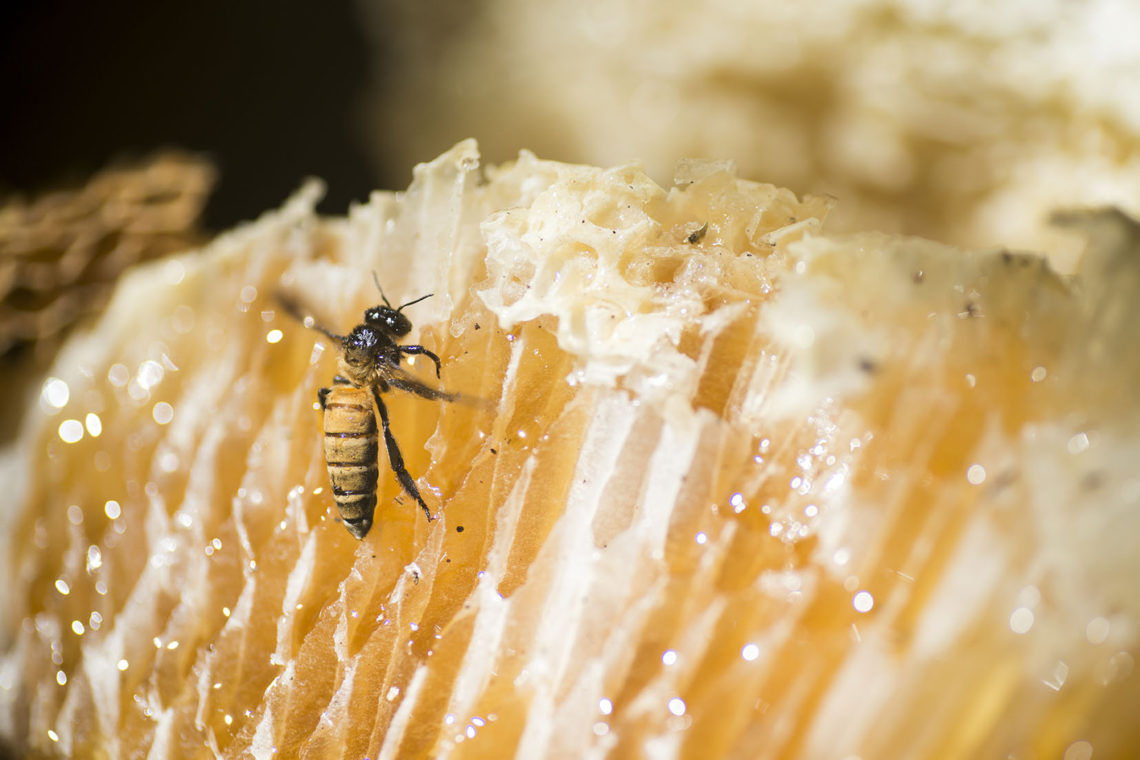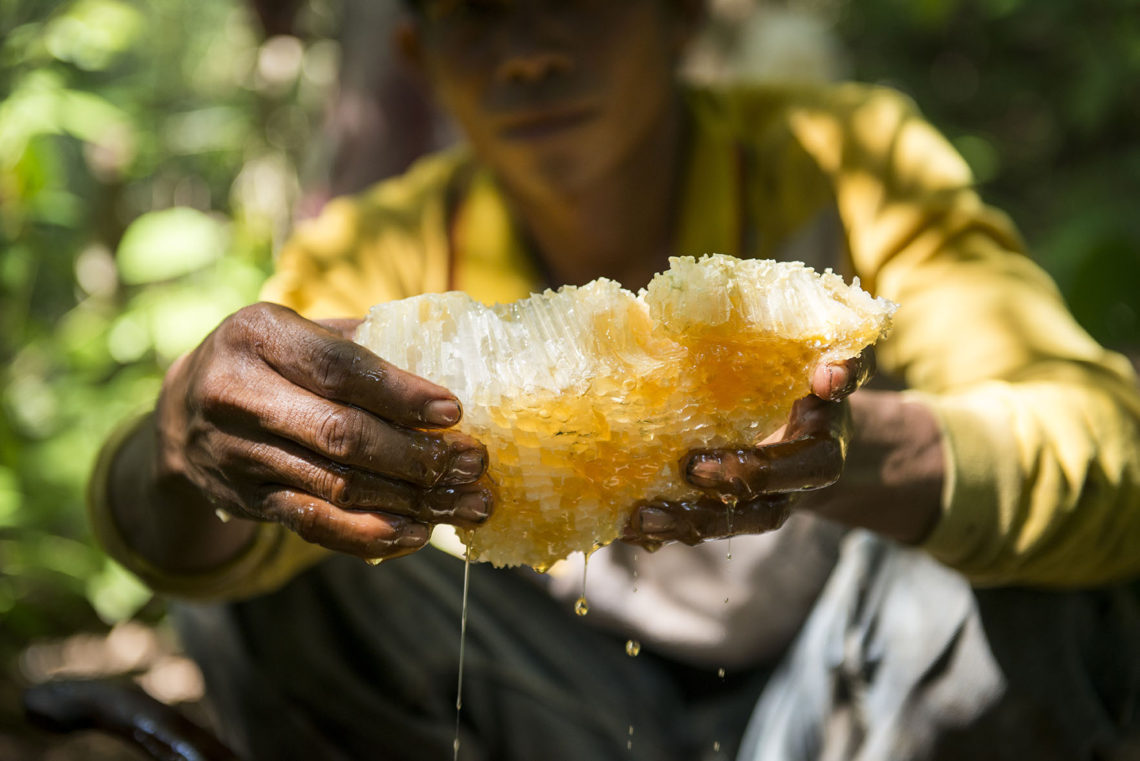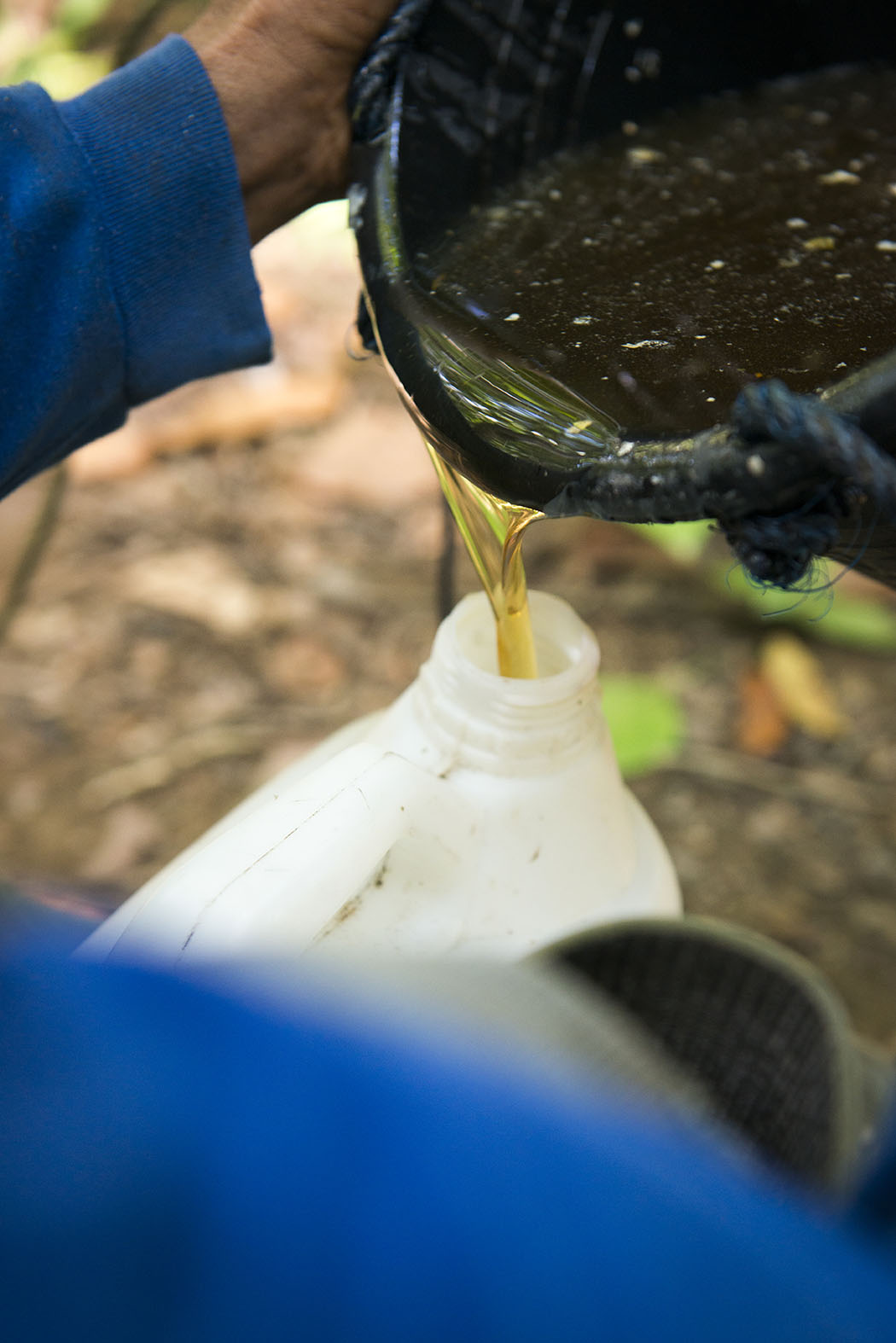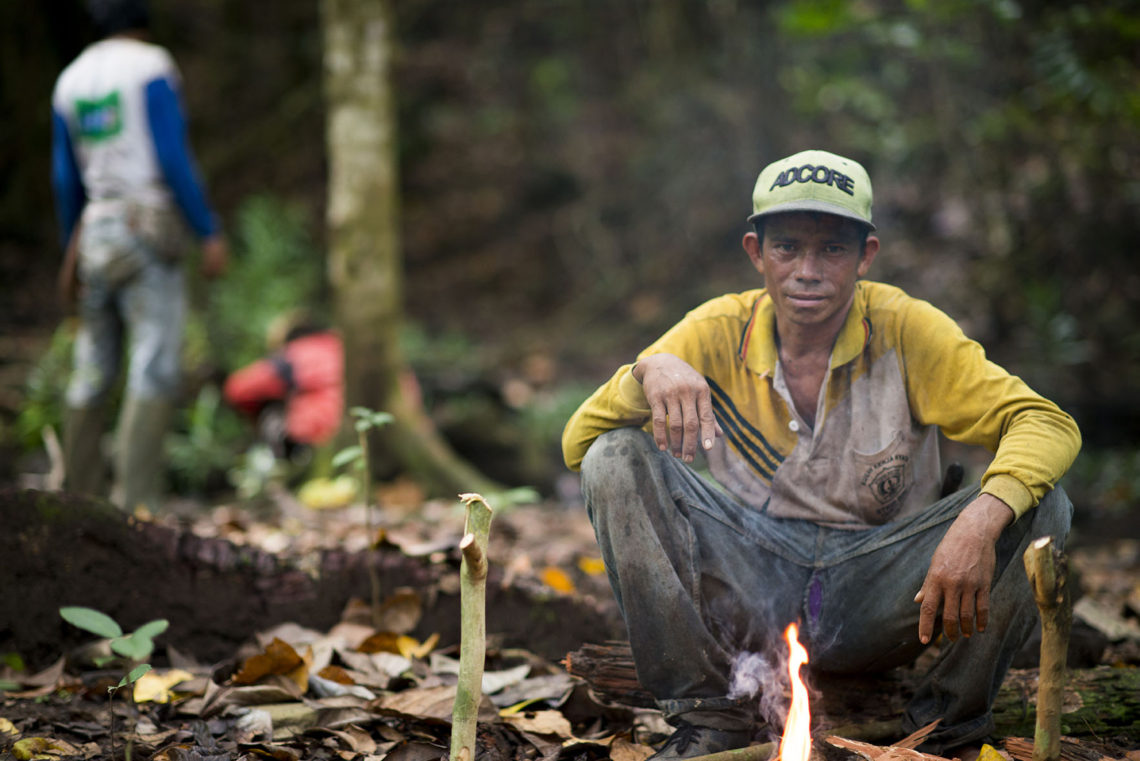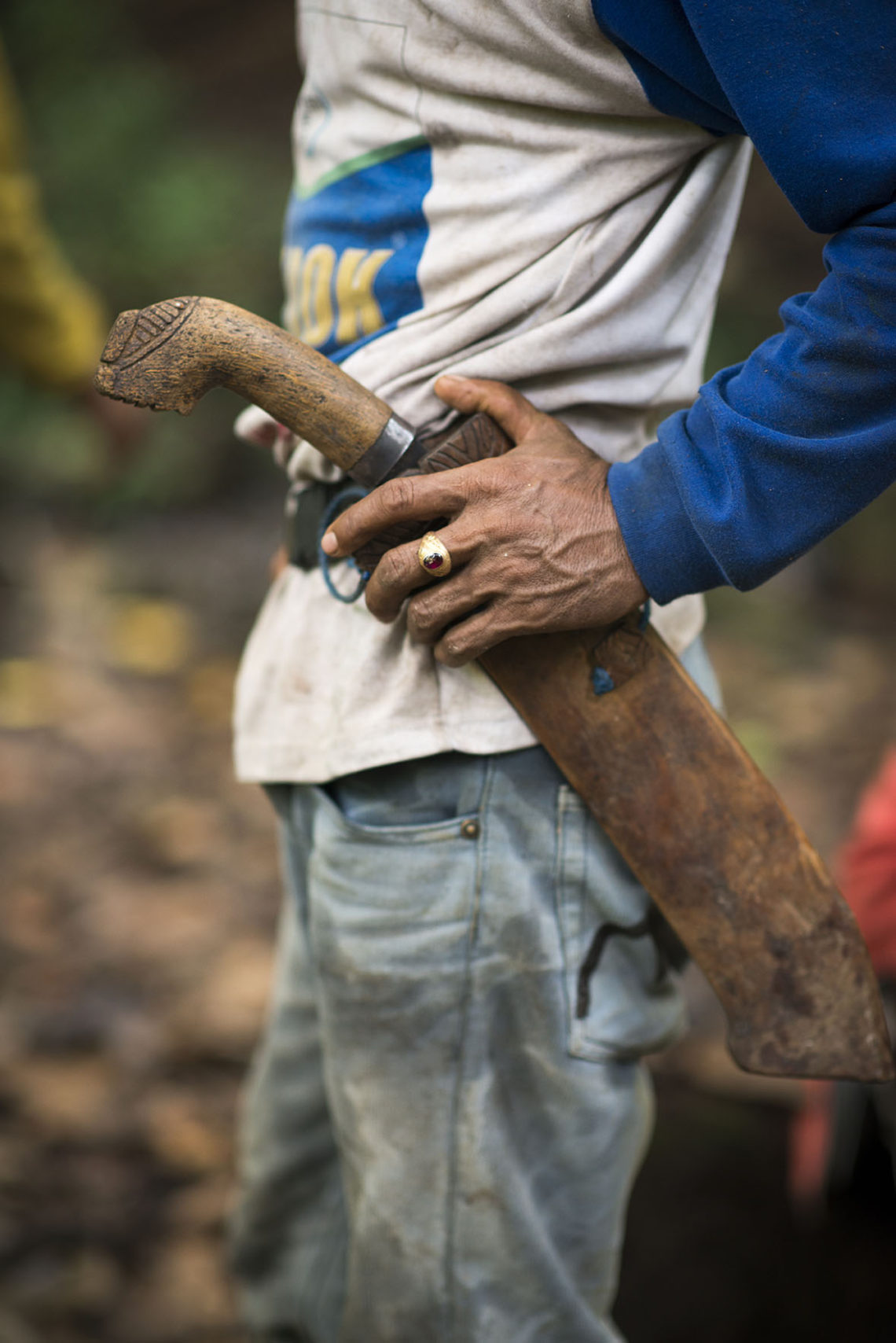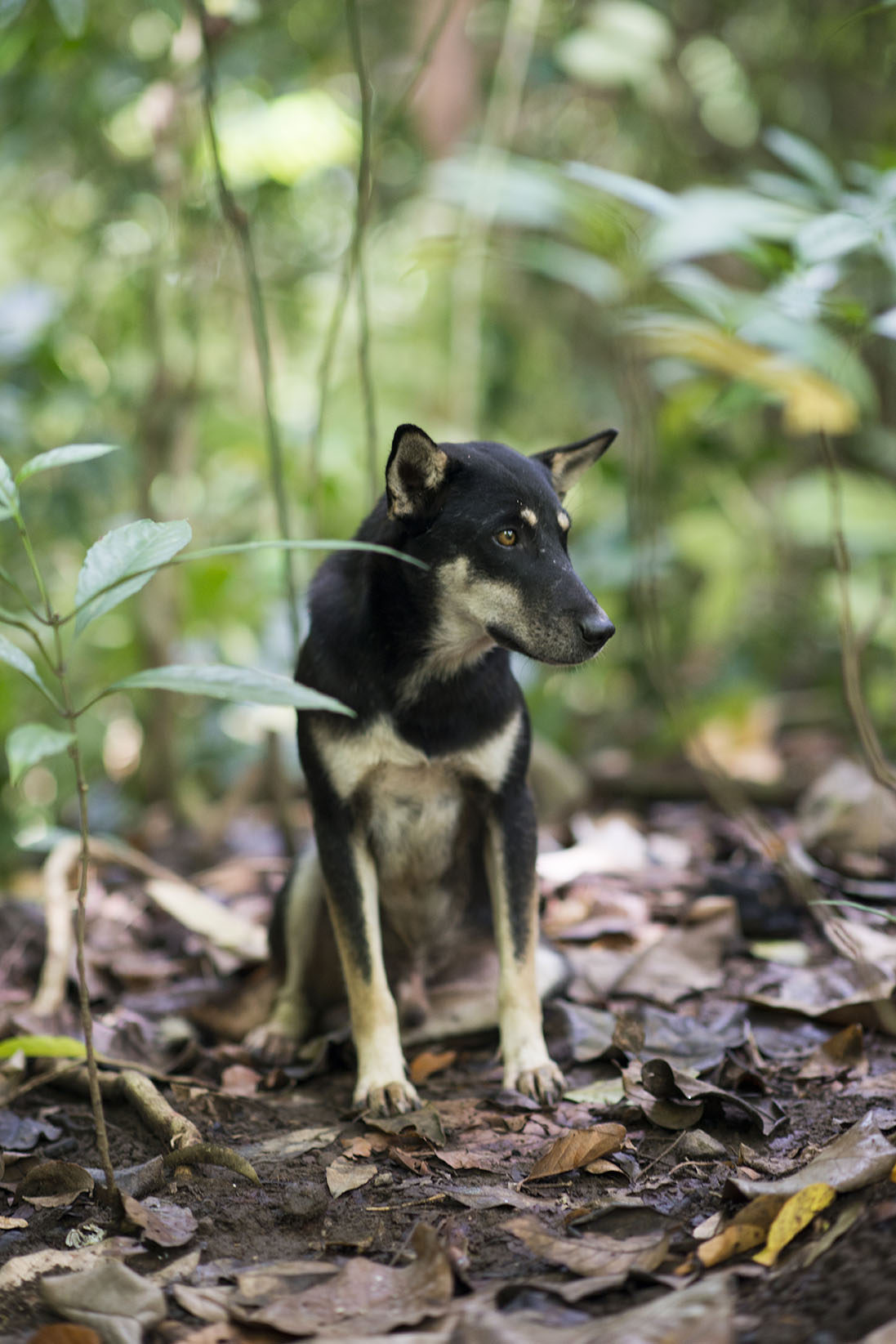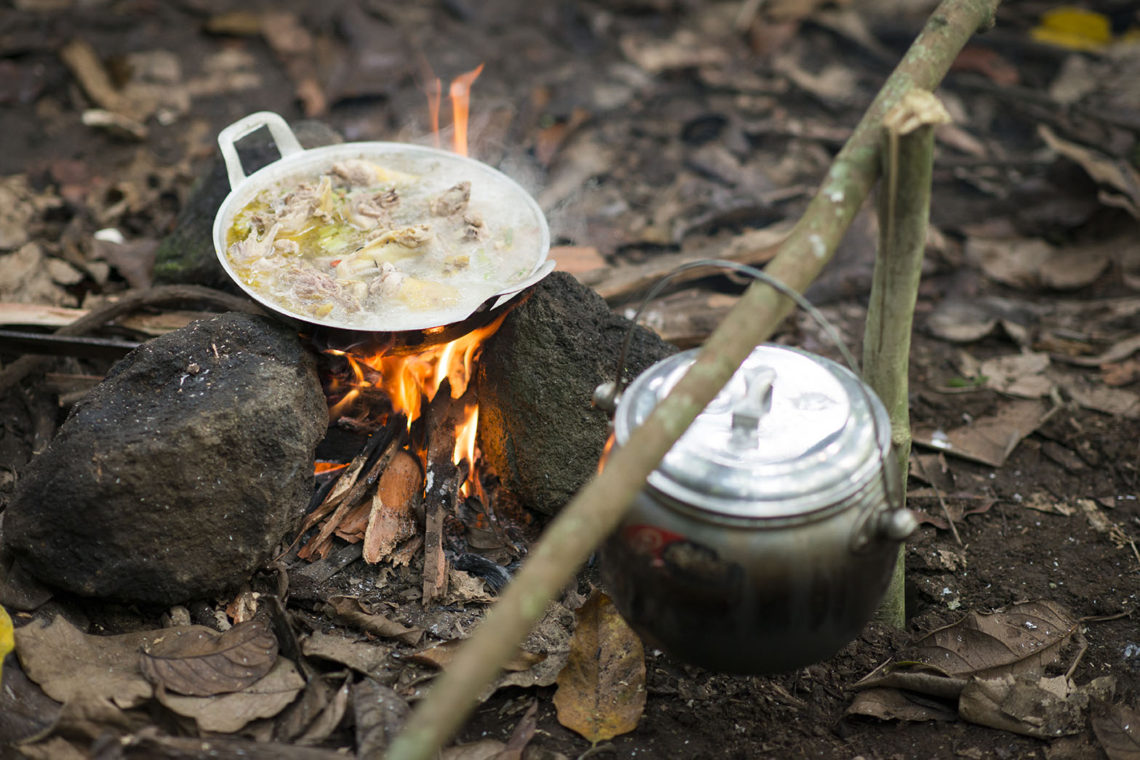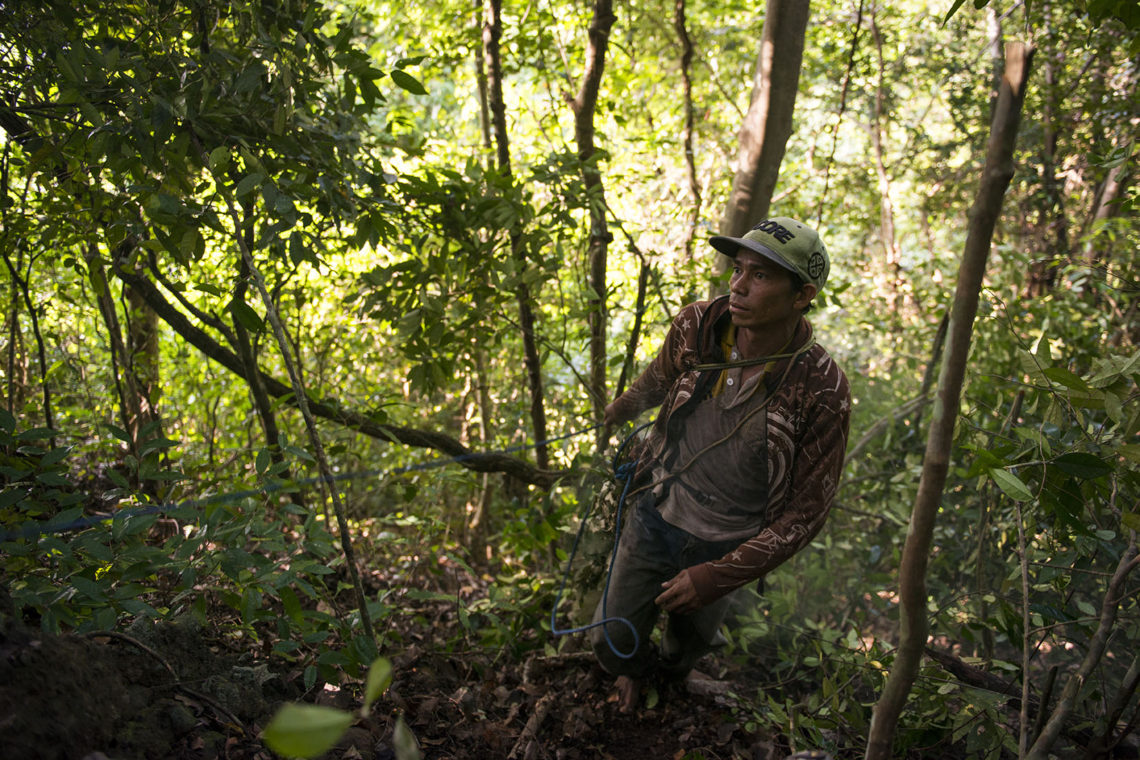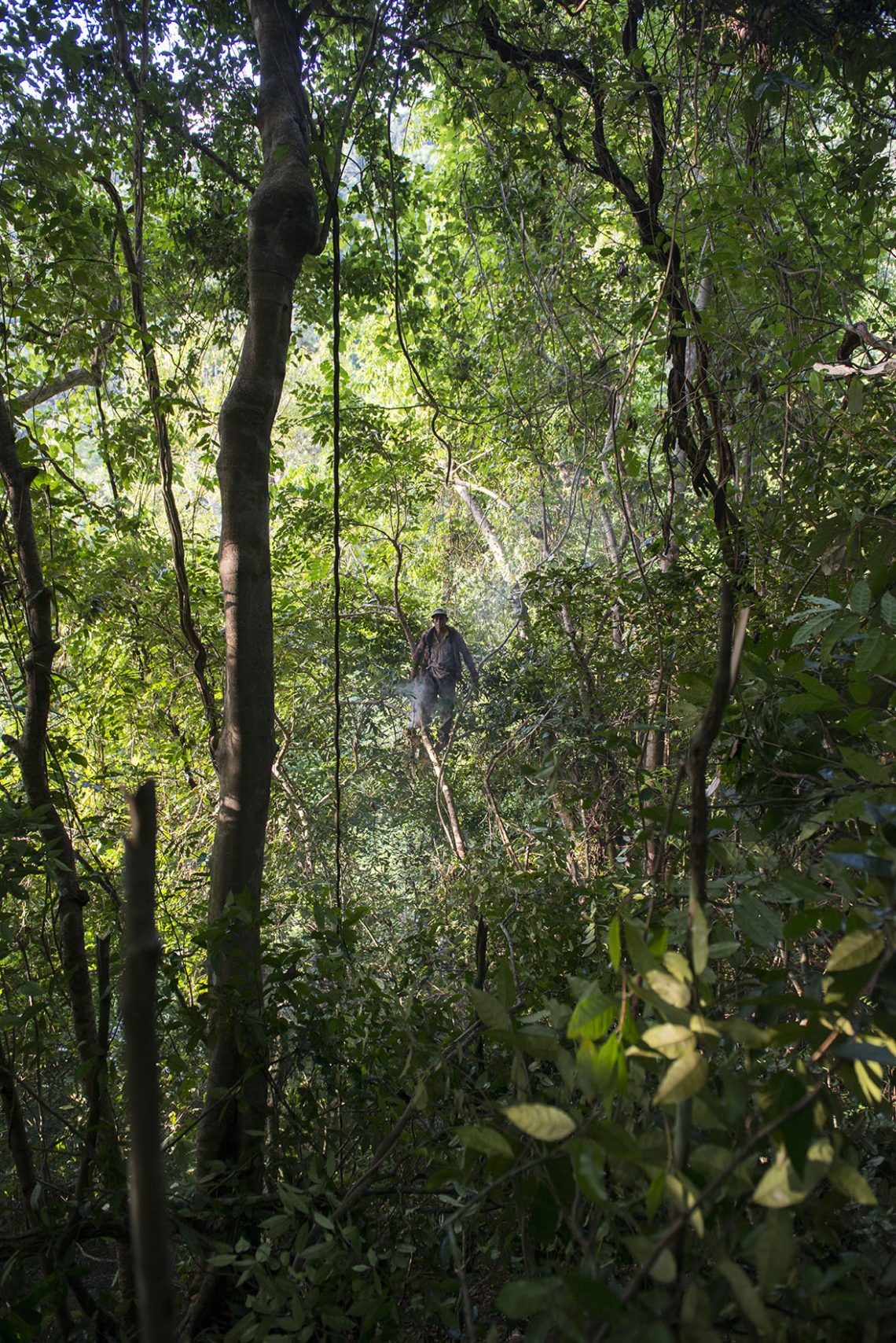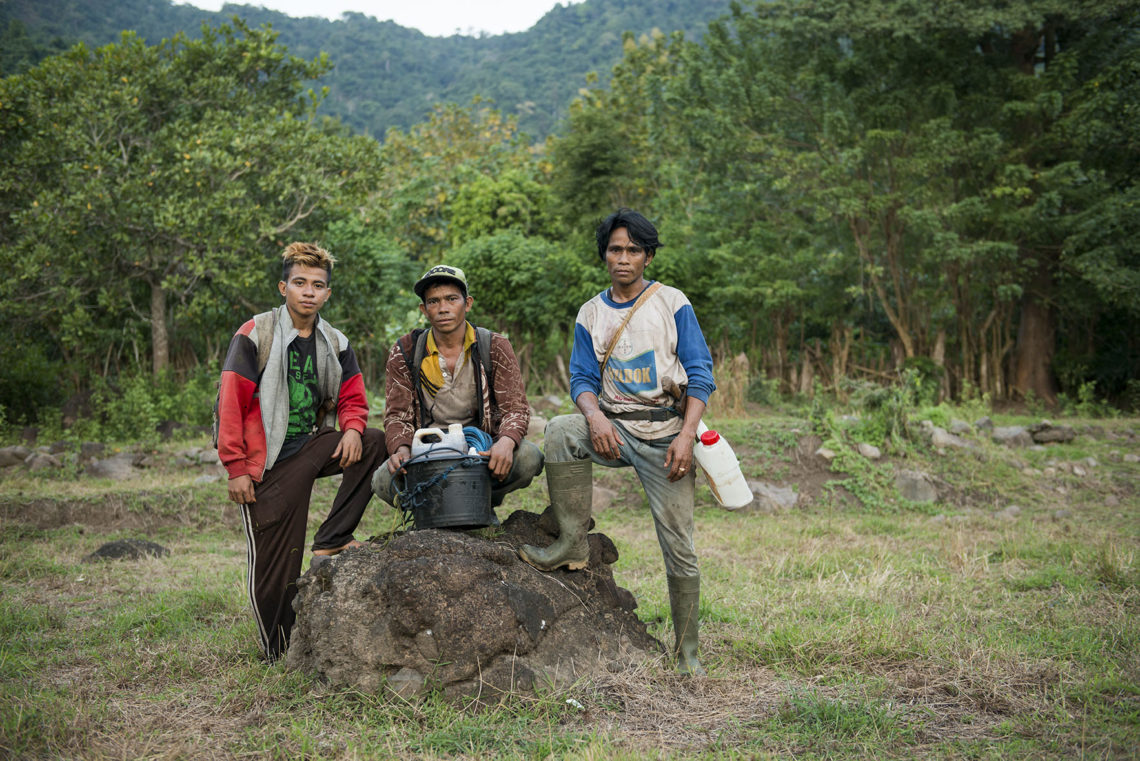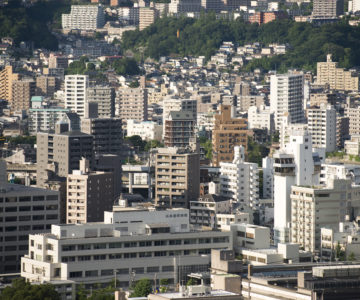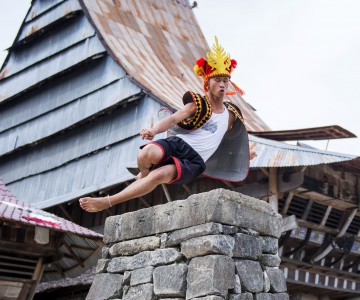There’s gold in the hills that overlook the tiny village of Adu on the Indonesian island of Sumbawa, but for local villager Pak Abidin it’s not the heavy metal kind he’s been collecting for over two decades, but instead something arguably much more precious: wild forest honey.
I’ve visited this part of the island many times chasing the surf at nearby Lakey Beach, always curious as to how the locals here actually harvest this miraculous liquid, but this time I’ve recruited the help of Abidin, Ibrahim and Sa’ban – three local legends who make their living harvesting wild honey (madu) from hives scattered around the forest to take me right to the source. We leave town before sunrise to beat the heat, and as we meander through tranquil green rice fields and ochre-hued scrub, my guides point out the first step in a magical process. Asian honey bees (Apis Dorsata, known in Bahasa as ‘tawon’) buzz industriously around the brilliant purple pamu and furry brown kumbang flowers, collecting pollen that they will transport back to the hive (sarang lebah) many kilometres away up in the high forest.
We follow rocky cart tracks fenced either side as they wind through gentle foothills, soon giving way to denser bush land as we start ascending to a spot where Abidin reckons we’ll have a good chance of finding a hive. After a few very hot sweaty kilometres scrambling uphill, hacking away through the undergrowth with machetes, we emerge at a ridgeline where we spot a huge beehive hanging off a bough around 30ft up in the canopy. According to Abidin, you’ll only find hives in places that are exposed directly to either the morning or afternoon sun, hence why you won’t see any lower down. Triangular in shape and roughly the size of a beanbag, I’m immediately struck by the question; how on earth does anyone get up there? The ground plunges steeply away down into the valley with the trees growing up and out at an angle, meaning that from my vantage point the hive is almost at eye level, but unless you’re Tarzan then the only way up is from the base.
The guides set about crafting bundles of dry leafy branches for producing smoke to calm the bees, and armed only with one of these slung over his shoulder, a bush knife and no protective clothing at all, Abidin shins up the tree in seconds. Perching just above the hive, he waves the smoke around as a few thousand bees drop from the hive and begin to swarm around. It’s a genuinely frightening experience – even from twenty-odd metres away, but Abidin swears he doesn’t get stung and sets to work slicing off the outer layer of the honeycomb, filling up the bucket dangling precariously underneath. He works quickly and calmly, eventually lowering the bucket down to Ibrahim before descending as quickly as he went up. We all retreat to a safe distance – the bees now dispersed, and eagerly inspect the spoils of our first jackpot. Abidin gently pulls apart the waxy honeycomb layers and drains every last drop into the bucket, now brimming with a good few litres of honey. The flavour is simply magnificent – a light amber hue in appearance with floral notes and an earthy sweetness that beats anything I’ve ever tasted from a supermarket. It’s also remarkably good for you, with antiseptic qualities that mean it can alleviate coughs and sore throats, boost memory and even be used to treat minor wounds and burns.
I ask Abidin whether there is any sort of mass production or co-op societies for the honey down this way, but he tells me it’s only further west, close to the island’s largest town of Sumbawa Besar, where NGOs like the Indonesian Forest Honey Co-op (JMHI) safeguard and regulate the majority of Sumbawa’s honey production while protecting the natural beauty of the local environment. Here no such network exists, and like a very few others in the area, Abidin sells his spoils directly to a handful of clients scattered around Indonesia, often spending up to a week at a time in the forest.
Ibrahim decants the honey into a more portable bottle, being careful not to spill a drip, and we’re off again, heading further into the forest for a spot of lunch and a rest near a beautifully clear natural spring. Relaxed and rejuvenated, we go in search of our second score of the day, traversing boulder strewn rivers that tumble down the hillside, eventually chancing upon a hive that is even more precariously positioned than the first. Once again, the three men set about preparing the bundles of smoking branches, and Abidin is up and down in no time at all with another good few litres of our amber nectar in hand to add to the first. As dusk begins to fall we make our way back down towards the village, our way initially guided by the call of the evening prayers at the local mosque. It’s not long before we arrive back at Abidin’s house, sweaty, dirty and pretty exhausted, but with a hoard of honey that will keep us all going for a good few months.

